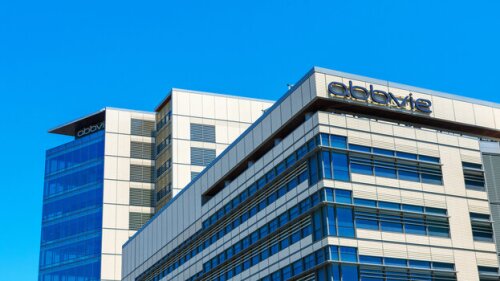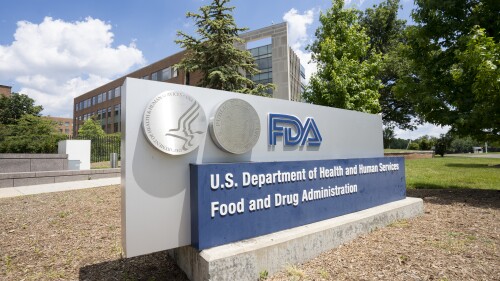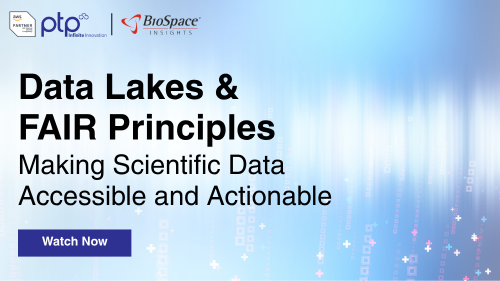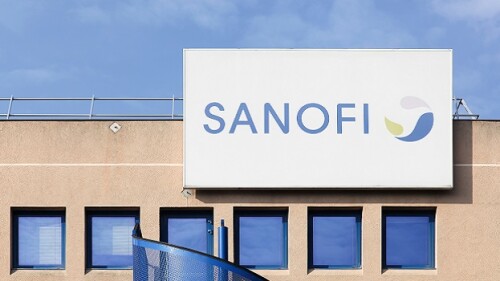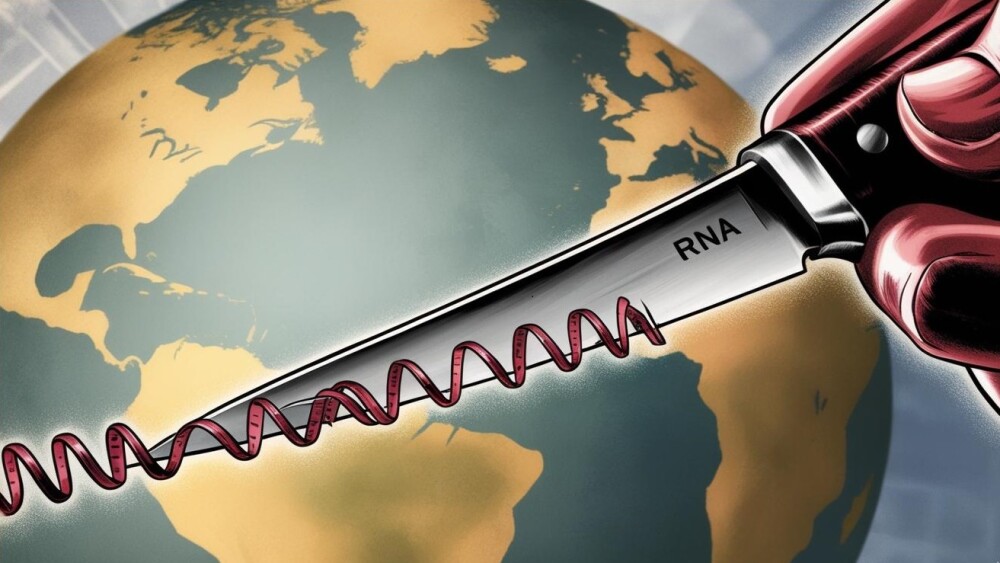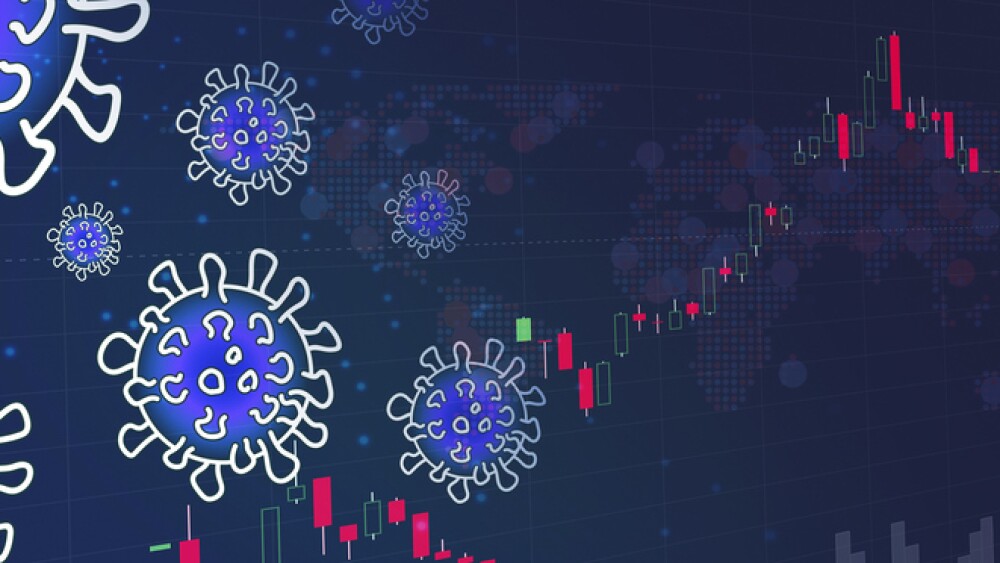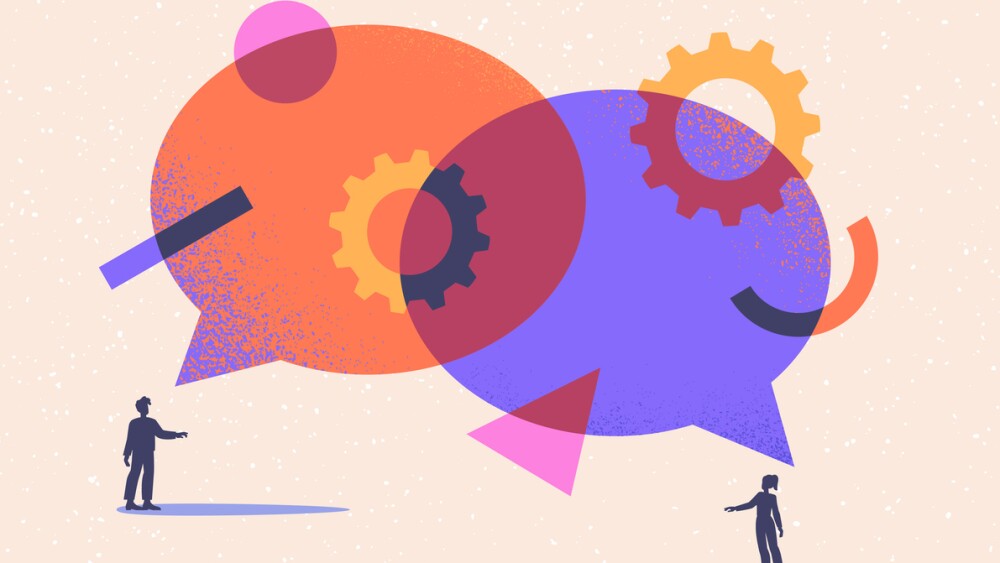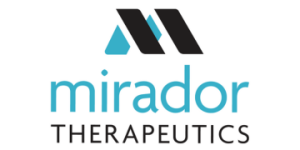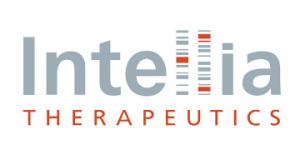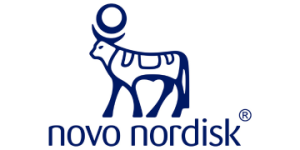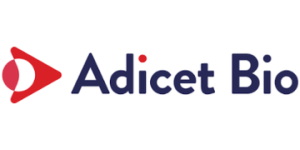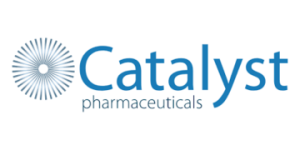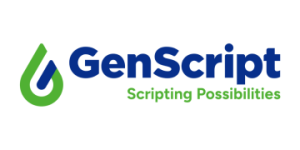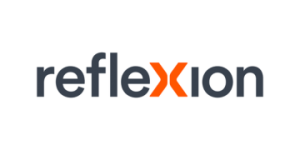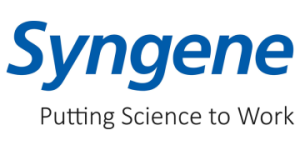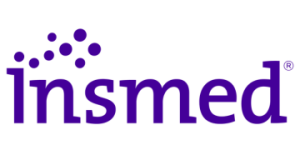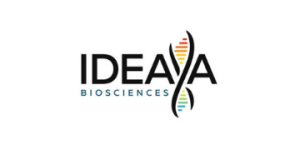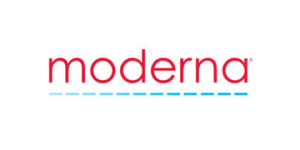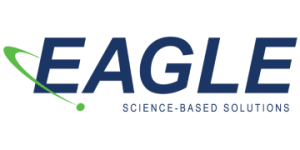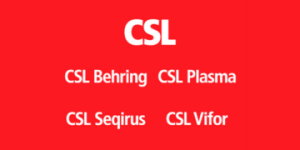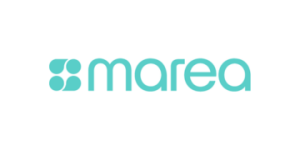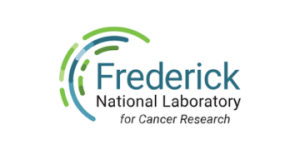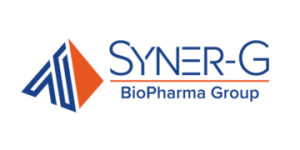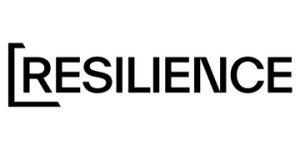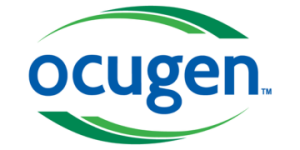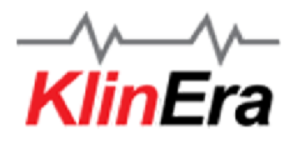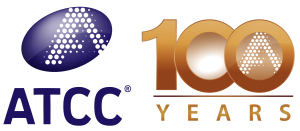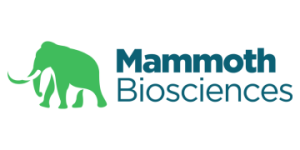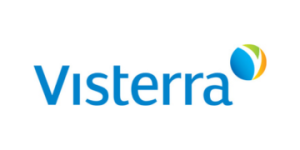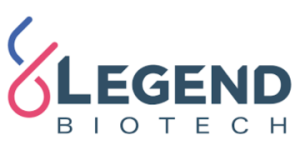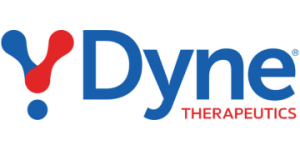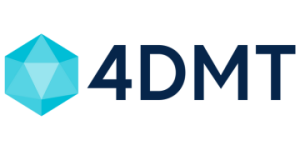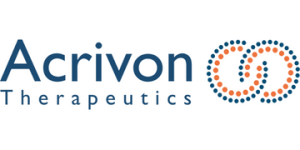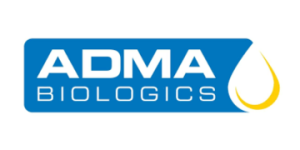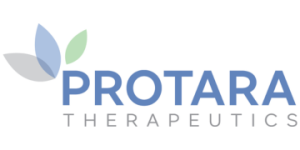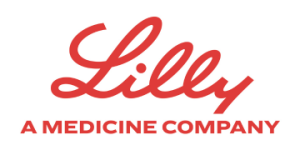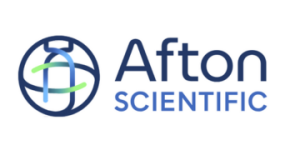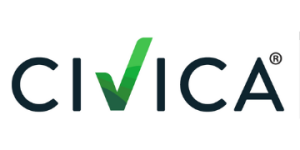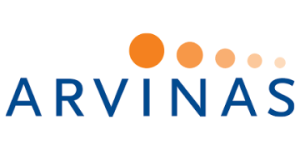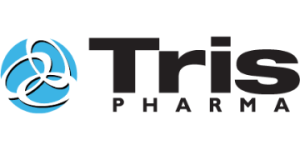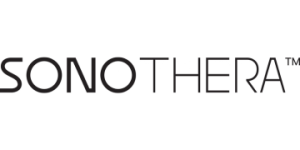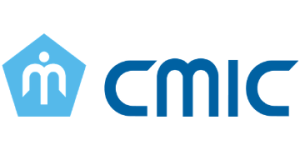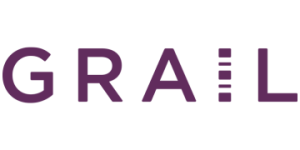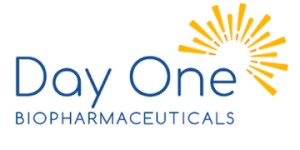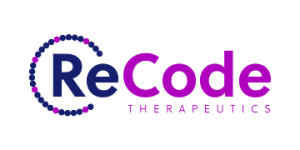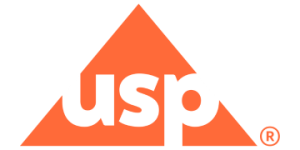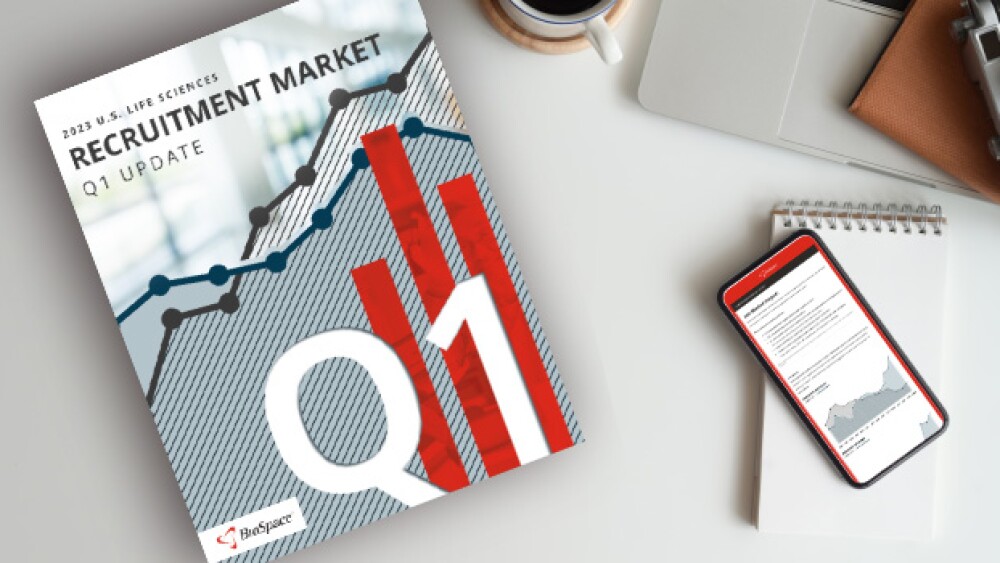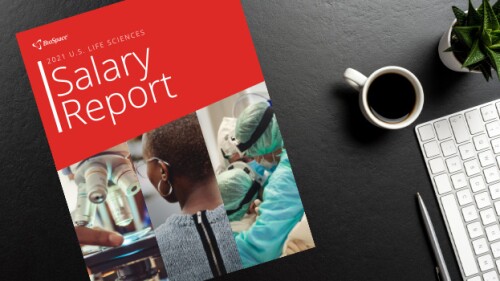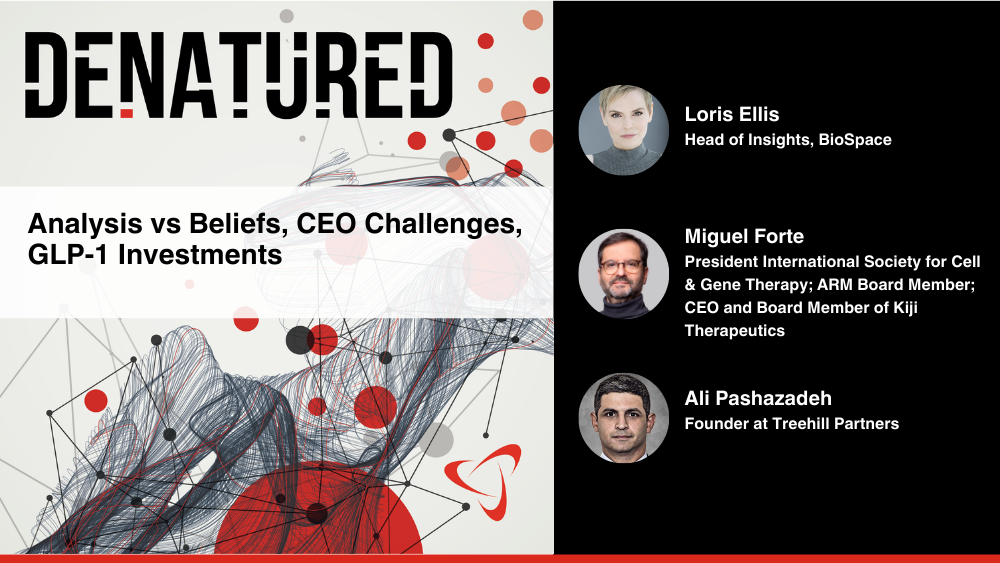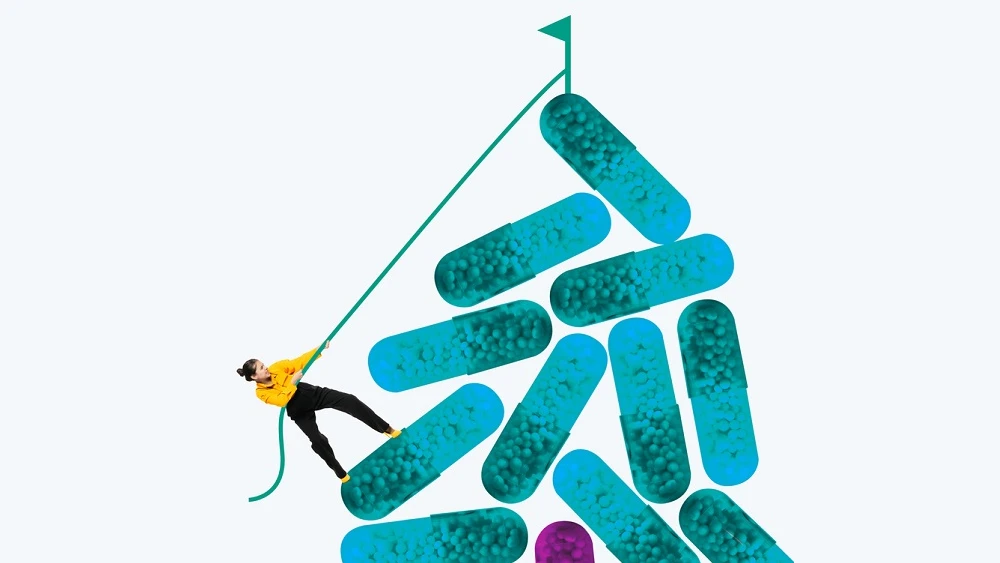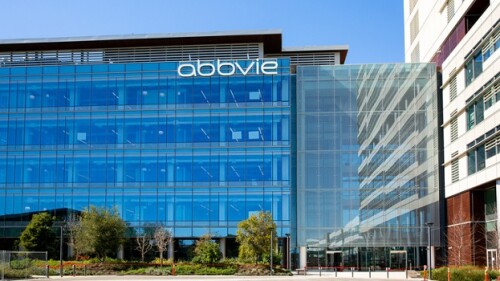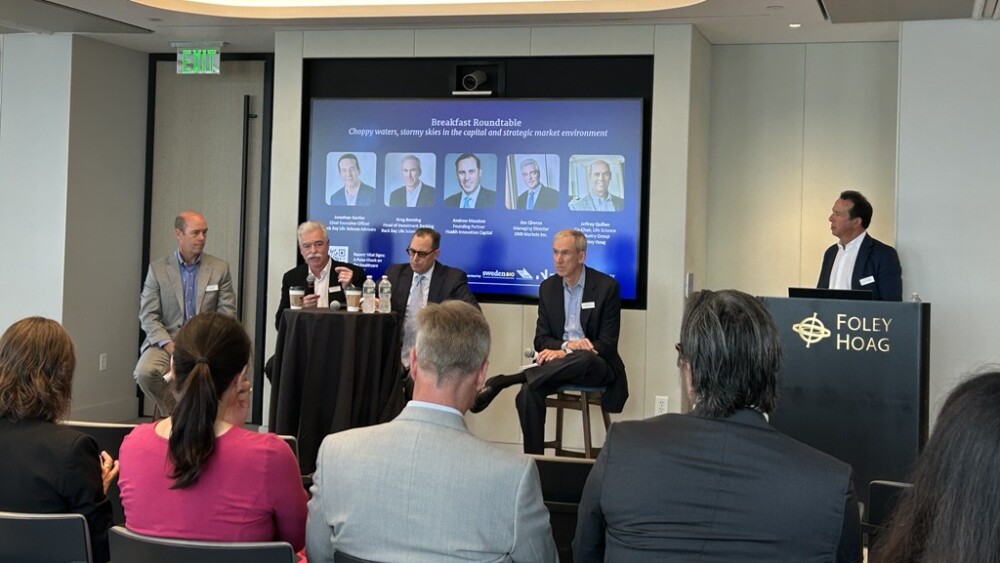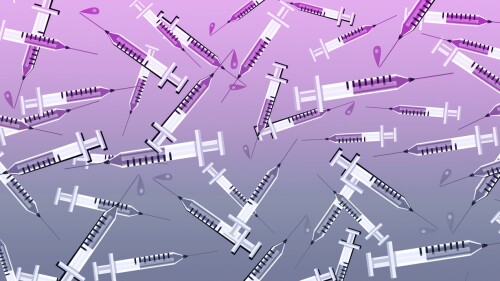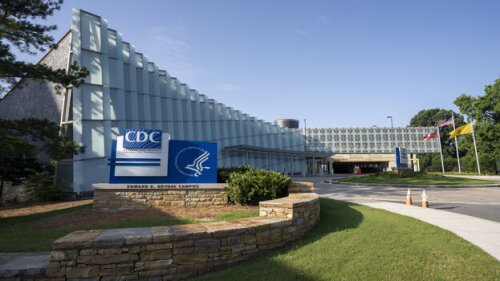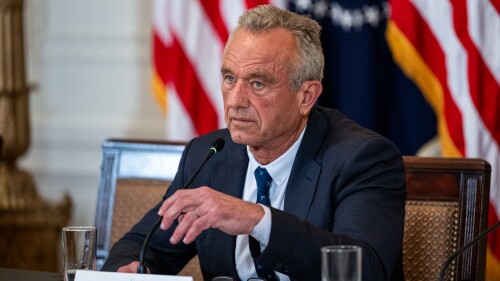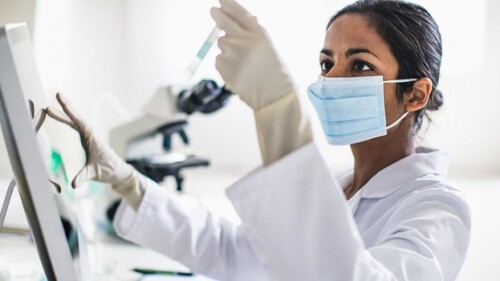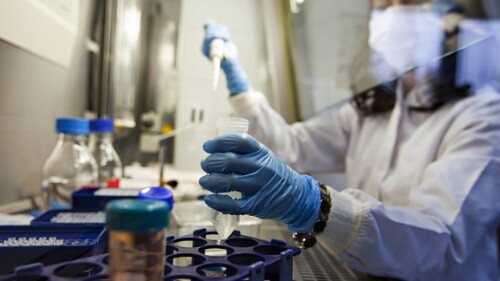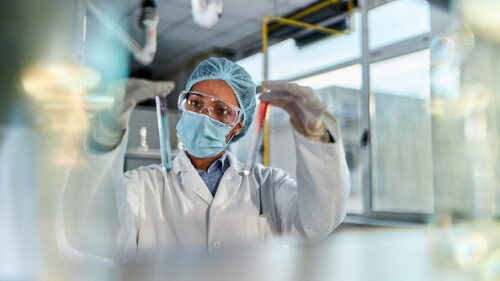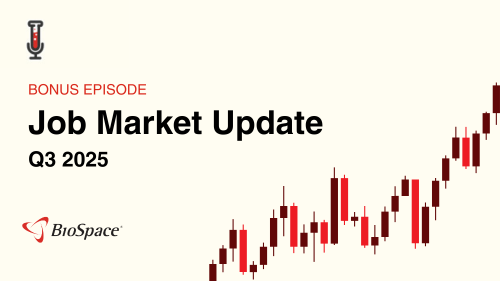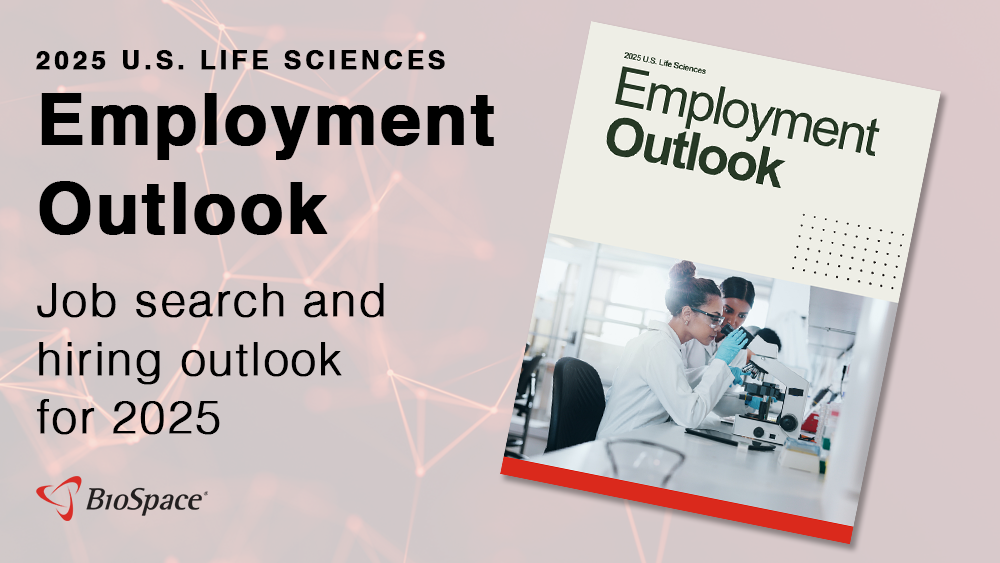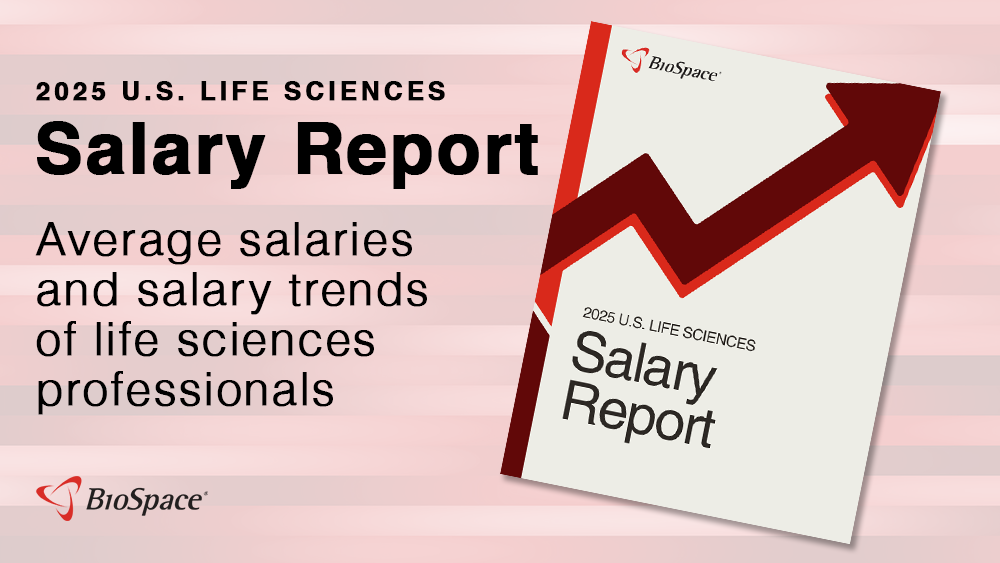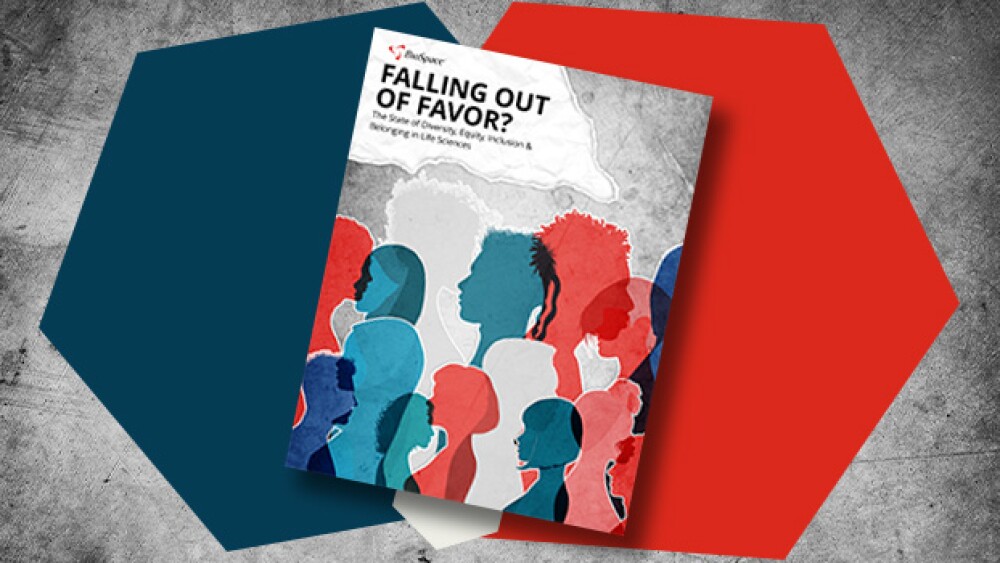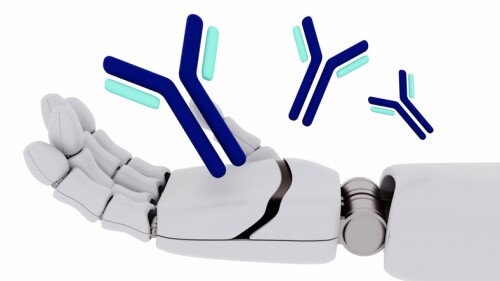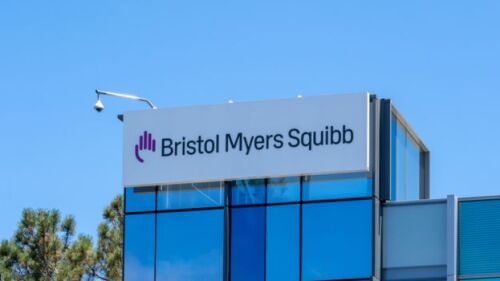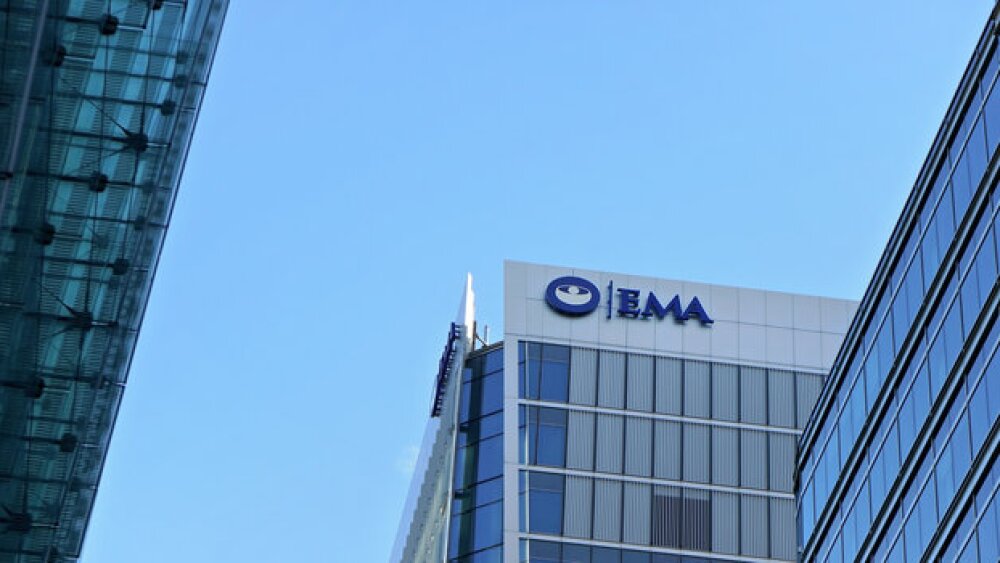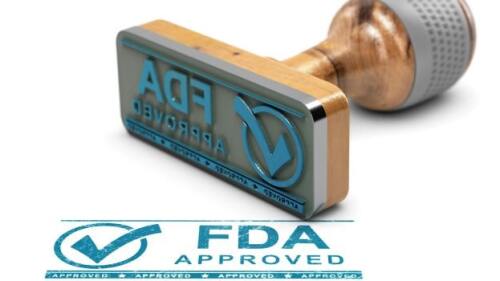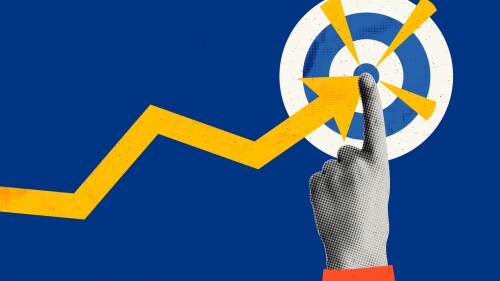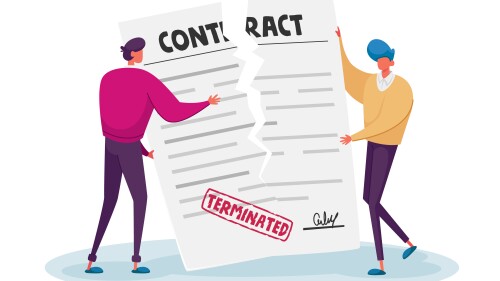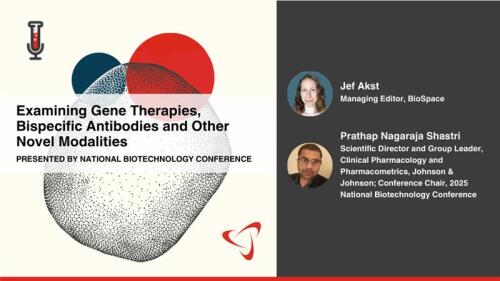The decision to stop the Phase IIb study was driven by “strategic business reasons,” according to a federal clinical trials database.
Three draft recommendation documents published on Wednesday are intended to guide drug sponsors and accelerate the development of cell and gene therapies.
While Harmony management has not disclosed future plans for ZYN002, Jefferies analysts expect the asset to be shelved.
In this discussion, our guests explore how modern data lake architectures, built on AWS, can help your organization adopt FAIR data principles—Findable, Accessible, Interoperable, and Reusable—to unlock the full potential of your scientific data.
Acadia Pharmaceuticals was testing the drug, an intranasal formulation of the oxytocin analogue carbetocin, for its potential to ease hyperphagia in the rare neurological condition.
Sanofi Ventures, which now has $1.4 billion in total assets, will focus its investment efforts on early players working in immunology, rare diseases, neurology and vaccines.
FEATURED STORIES
Nearly two years in with Zurzuvae, Biogen tackles an ‘all of the above market’ to find patients and battle stigma in postpartum depression.
R&D spending across the global pharmaceutical sector climbed 1.5% in 2024, according to unreleased data from Evaluate Pharma.
Vocal skeptics of COVID-19 vaccinations gave mRNA a bad name and government funding for mRNA research is now being cut. On the flip side, at least one CEO said the pandemic also provided “elevated acceleration” for the field, which also holds promise in therapeutics for cancer and rare diseases.
As the World Health Organization initiates a new agreement for coordinating global responses to future pandemics, the future of vaccine development in the U.S. faces growing challenges, including waning funding and regulatory changes, that threaten next-gen COVID-19 vaccine candidates and pandemic preparedness more broadly.
Beginning this week in Chicago, the American Association for Cancer Research’s annual conference will feature presentations that could have far-reaching implications for breast and blood cancers and more.
BioSpace’s NextGen companies are rising in one of the most confounding biotech markets ever experienced. Executives sounded off on how to keep your head above water during our webinar, Are We There Yet?
LATEST PODCASTS
In this episode of Denatured, BioSpace’s Head of Insights Lori Ellis, Miguel Forte and Ali Pashazadeh speculate on the impending Trump administration, discuss current challenges faced by CEOs and weigh investment in GLP-1s.
The Novo-Catalent deal now moving ahead highlights unprecedented investment in manufacturing, while also standing out as an exception to the unspoken rule of keeping M&As to less than $5 billion this year.
GSK, Gilead and Arcellx, Vertex and more present new data at the American Society of Hematology annual meeting just as sickle cell therapies Casgevy and Lyfgenia have a new outcomes-based payment model; Eli Lilly and Novo Nordisk pump new funds into manufacturing; and AbbVie makes a Cerevel comeback while uniQure clears a path toward accelerated approval in Huntington’s disease.
Job Trends
AstraZeneca’s FARXIGA® has been approved by the US Food and Drug Administration to improve glycemic control in pediatric patients with type-2 diabetes aged 10 years and older.
Subscribe to Genepool
Subscribe to BioSpace’s flagship publication including top headlines, special editions and life sciences’ most important breaking news
SPECIAL EDITIONS
In this deep dive, BioSpace investigates China’s rise as a biotech powerhouse.
In this deep dive, BioSpace explores the next big thing in obesity.
BioSpace did a deep dive into biopharma female executives who navigated difficult markets to lead their companies to high-value exits.
DEALS
-
J.P. Morgan releases its quarterly look-ahead days before the entire biopharma industry descends on San Francisco for the annual J.P. Morgan Healthcare Conference.
-
BioSpace presents 25 noteworthy biopharma startups in ’25; analysts forecast stronger M&A as the J.P. Morgan Healthcare Conference kicks off next week; GLP-1s continue to expand their reach as Novo, Lilly fight against compounders; and a look ahead to five key FDA decisions in Q1.
-
Licensing deals have risen in prominence in a restrained market environment. Is it desperation, or an important part of the biotech ecosystem? Experts weigh in.
-
Look for renewed investment driven by lower interest rates in the new year, and a continued focus on late-stage assets, oncology and reaping the benefits of AI.
-
China is adapting its Life Sciences policy to bolster innovation and data transparency. Big Pharma is taking note.
WEIGHT LOSS
-
Merck’s Keytruda holds on to the top spot while AbbVie’s Humira—once the world’s top-selling drug—continues to cede its market share to biosimilar competitors.
-
AbbVie is joining the amylin arena, though the pharma is still far behind leaders Novo Nordisk and Eli Lilly.
-
Two recent documents—one from the FDA, the other from a commission organized by The Lancet Diabetes & Endocrinology—indicate an evolving mindset toward treating obesity as a chronic disease.
-
While Kallyope’s drugs are mechanistically unique, the biotech is competing in a crowded space, with other therapies that appear to elicit superior weight-loss.
-
As high prices and supply issues drive consumers to alternative markets for GLP-1s, physicians aren’t too interested in using these therapies to treat conditions like heart disease risk that have existing cheap standards of care.
POLICY
-
At a satellite kickoff event to the annual BIO meeting, investment bankers and VCs gave reasons for optimism amid a ‘volatile’ period for the industry.
-
Scientists and analysts express concern that the newly appointed ACIP members—which include known anti-vaxxers—could relitigate recommendations that have already been made. Many are imploring Sen. Bill Cassidy to step up.
-
The rehired staff, who number around 460, work with the CDC’s viral disease prevention efforts and sexual health testing labs, among others. The reinstatements are a ray of light in an acrimonious week that also saw protests and the complete overhaul of the agency’s vaccine advisory committee.
-
The eight new committee members replace the 17 Kennedy removed earlier this week. In “repopulating” the committee, the HHS Secretary fulfilled the fears of some analysts, naming scientists who appear to reflect his anti-vaccine views.
-
The American Medical Association is also urging an “immediate reversal” of the HHS Secretary’s decision to oust all 17 members of the CDC’s vaccine advisory board.
At the foundation of every clinical trial are the professionals who ensure its successful execution. Read on to find out more about how to know if clinical research is right for you.
Q1 is the time when many employers are actively recruiting new talent. Because it takes an average of 60 days to fill a job opening, Q4 might be the best time to apply for jobs in the life sciences.
Being laid off from your job can be difficult and confusing. To help you in your job search, we’ve explained how to address a layoff in your cover letter to help you land your dream job.
If you want to maximize your career earnings, it pays to consider which cities are the most affordable. Here are the top five most affordable cities for biopharma in the U.S.
A cover letter is an important part of any job application, but for those in the life sciences it is especially important. Find tips for writing a scientist cover letter as well as an outline and examples in our guide.
Finding chemistry jobs in the life sciences industry doesn’t have to be difficult. Discover the top chemistry job options in the life sciences in our comprehensive guide.
HOTBEDS
REPORTS
In this Employment Outlook report, BioSpace explores current workforce sentiment, job activity trends and the prospective job and hiring outlook for 2025, particularly as it compares to the previous year.
BioSpace’s third report on diversity, equity, inclusion and belonging in life sciences examines dramatic shifts in attitude around diversity initiatives.
CANCER
-
Future Pak—whose acquisition offer was rejected by Vanda Pharmaceuticals last summer—is offering to buy Theratechnologies for an unsolicited $255 million. The Canadian biotech is under an exclusivity agreement with another yet-to-be-disclosed potential purchaser.
-
AI is enabling the development of a next generation of drugs that can more precisely target cancer cells while sparing healthy tissues.
-
Lined up for the FDA in the coming weeks are a cell-based gene therapy for a rare skin disease and two product expansions for Regeneron, one with partner Sanofi.
-
According to Tempest, its options include a partnership or licensing deal, as well as a merger or an acquisition.
-
The FDA approved the use of Opdivo with Yervoy in front-line colorectal cancer, while a Manhattan court junked a class action complaint over the blood cancer drug Pomalyst.
NEUROSCIENCE
-
Leqembi’s application now moves forward to the European Commission, which will issue a formal verdict for the injection that will apply to all EU member states as well as Norway, Liechtenstein and Iceland.
-
Mission Therapeutics is down to its clinical assets MTX652 and MTX325, which work by disabling a key enzyme that interferes with the cell’s normal process of removing faulty or dysfunctional mitochondria.
-
The licensing deal follows years of controversy for Cassava, as well as the high-profile late-stage failure of its Alzheimer’s disease drug simufilam.
-
ITF, IntraBio and Orchard are among the companies that have won FDA nods in the past year for Duchenne muscular dystrophy, Niemann-Pick disease type C, metachromatic leukodystrophy and more.
-
Emalex is gearing up for a New Drug Application for ecopipam in Tourette syndrome later this year.
CELL AND GENE THERAPY
-
The search for a partner for zerlasiran is ongoing, according to Silence. In the meantime, the biotech will focus its resources on divesiran, which it is testing for polycythemia vera and other hematologic indications.
-
The companies were two years into a four-year, $400 million agreement aimed at developing and marketing gene therapies together.
-
As FDA seeks to rehire some fired employees, Donald Trump threatens to enact tariffs on pharma companies unless they reshore manufacturing; another lawsuit hits the complex GLP-1 compounding space as Eli Lilly offers expanded Zepbound options; and struggling gene therapy biotech bluebird bio goes private in an attempt to stay solvent.
-
At the 2025 National Biotechnology Conference, gene therapies, bispecific antibodies and other novel modalities—relative newcomers to medicine—will be much discussed. In this curtain raiser, BioSpace speaks with conference chair Prathap Nagaraja Shastri of J&J about these highly anticipated topics.
-
The treatment, called DB-OTO, is one of several early-stage gene therapies being developed to treat relatively straight-forward causes of genetic deafness.


